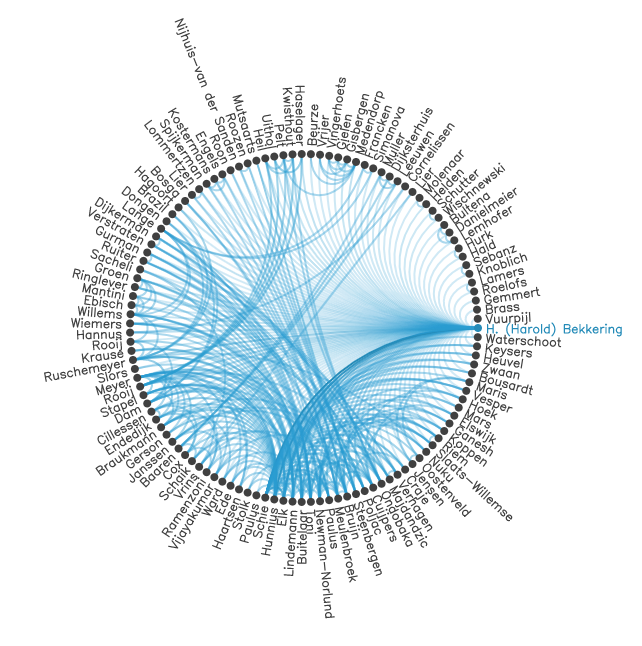FREYA in practice: Linking research output in the Dutch national science portal
One of the FREYA partners is DANS, the Netherlands institute for permanent access to digital research resources. DANS provides several services for the research community, including the national portal for scientific information, NARCIS. This portal provides information on Dutch (open access) publications, datasets, researchers, scientific institutes and projects.
Linking datasets and publications
Within FREYA, DANS is working on improving the connections between the different information types incorporated in NARCIS, enriching the information that the portal can provide to the public. NARCIS is now, for instance, able to show the connections between a dataset and a related publication and vice versa. A nice example is the dataset of the HANZE database of historical damaging floods in Europe (here) and the recent paper by Paprotny and colleagues (here) who used the data.
Persistent identifiers are the key
The key ingredients to enable these links are the persistent identifiers (PIDs) that uniquely identify the different digital objects (datasets, publications, etc.). If the metadata of a digital object contains the PID of a related object, NARCIS is able to establish a connection. More importantly, if the PID refers to an object that is already part of NARCIS, a bi-directional link is created and additional information about the object (like its type or title) is retrieved and displayed in the portal. Currently, NARCIS supports this function for object identifiers like DOI, URN, Handle, ISNI and ISBN.
In the same way, NARCIS can also enrich a researcher’s profile based on author identifiers (DAI, ISNIs or ORCIDs). When such a PID is provided in the metadata of new publications or datasets, the researcher’s profile page in NARCIS is automatically updated providing a comprehensive list of their scientific work (see for instance this profile page).
Graphs of collaboration
Author identifiers are also used to create graphs of collaboration that are displayed on the researcher’s page in the portal. Based on the PIDs provided in the metadata of the researcher’s publications, connections with co-authors are established creating a graph of collaboration (see for instance this graph also displayed in the Figure below)

Example of a collaboration graph displayed in NARCIS.
Within FREYA, the NARCIS functionalities will further be expanded in the future by enriching the available metadata. DANS will also experiment with adding PIDs for organizations to the NARCIS portal. Importantly, the FREYA team will continue to promote the use of PIDs within the researcher community as broad adoption of PIDs form the fundamental basis for the services that are being developed.